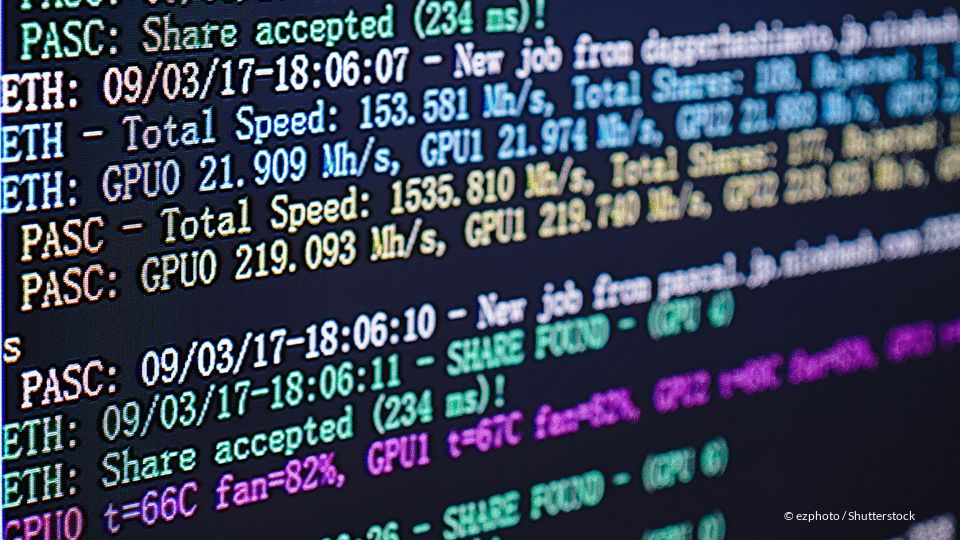Why suddenly everything is different: Digitalisation is leading to a phase of rapid innovation and market upheaval. In our series of essays, Philipp Bouteiller looks at the trends and technologies behind it and sheds light on what they mean for people. The fifth part revolves around complex technologies with simple principles and the question of what will change in the future.
Two topics keep popping up in the press: the extreme price fluctuations of the cryptocurrency Bitcoin and the threat posed by the blockchain to the financial industry (as well as other industries). The latter is so interesting that we want to look at it again explicitly at the end of our little digitalisation journey, especially since many talk about it, but most have not really understood the principle. The principle is simple, only the technology is complex: For every money transaction between two parties, an independent authority (bank) is needed to ensure that person A actually has the €100 that he or she transfers to person B in the account and only then credits B with the €100. Later, the transaction from A to B can be traced through the bank’s books. With blockchains, this intermediary is no longer necessary because all system participants have stored all transactions (encrypted) on their computers. If a manipulation attempt occurs, it is rejected by all computers in the network because the “checksums” do not match (also known as the “Byzantine error” solution among computer scientists).
This means that the totality of all participating computers takes on the role of the middleman.
This actually makes the bank superfluous, at least for transactions. Of course, we know that banks perform many other functions, but this has historically always been their central task. There are now well over 1,000 different cryptocurrencies besides Bitcoin, the first known blockchain or cryptocurrency. They are now used to carry out energy transactions between homeowners or even transactions in the land register of municipalities.
In this example, so-called smart contracts are used, which are based on the cryptocurrency Ethereum and enable increased transparency in the settlement of transactions. Not only the US space agency NASA relies on the new blockchain technology, but also entire economic sectors, such as the supply chain industry, administrations or energy companies.
The few successful fraud attempts that have been made so far have always been directed against the custody systems of currency units, comparable to breaking into a safe, but never against the system itself. So these systems could have a lasting impact on the way we do business today. There are quite a few areas that are processed via several trading levels. But will these trading levels still be needed in the future if every transaction is verified?
Presumably we have now reached the point where we no longer have to ask ourselves whether all this will have an impact on our daily work. The question is rather: what will happen and when? It is almost impossible to give a wise answer to this. Only this much: We have started to exchange views with proven experts on precisely these questions. Because the changes strike at the heart of our economic system: For which target groups will we develop products and services in the future? How will we develop them? What consequences will the networking of machines have? What does this mean for our production, for maintenance, warehousing, distribution? And when? How quickly will all this happen? We don’t know exactly what will change yet, but we are preparing for it anyway. If all this is happening too fast for you, please pause for a moment and enjoy the moment. The speed of change will never again be as slow as it is today.
